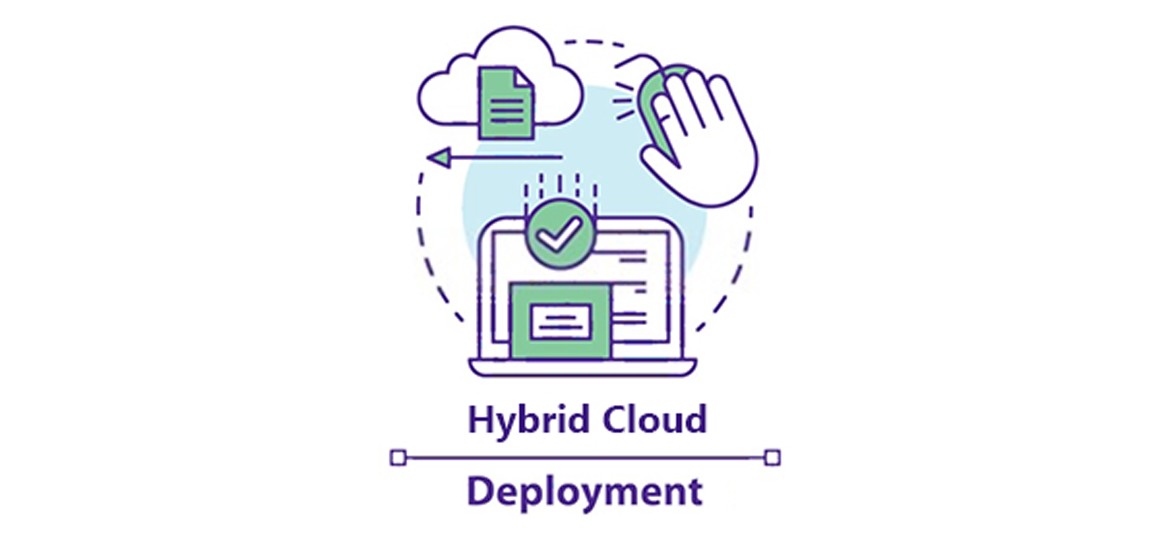Related Articles
How Cloud-Native Is Beneficial for Your Business
Uber, Netflix, and Airbnb are some of the renowned companies taking advantage of cloud-native applications.
Read The PostCloud Migration: A Critical Component of Digital Transformation
The majority of businesses state that their innovation and creativity are taking a major hit due to the outdated IT…
Read The Post

